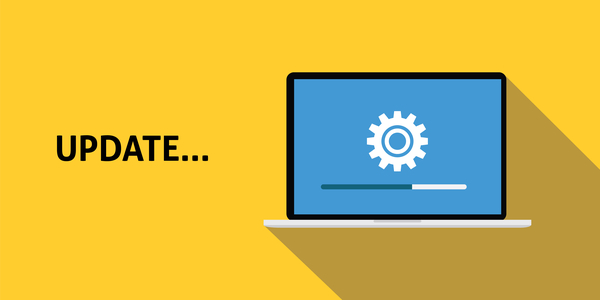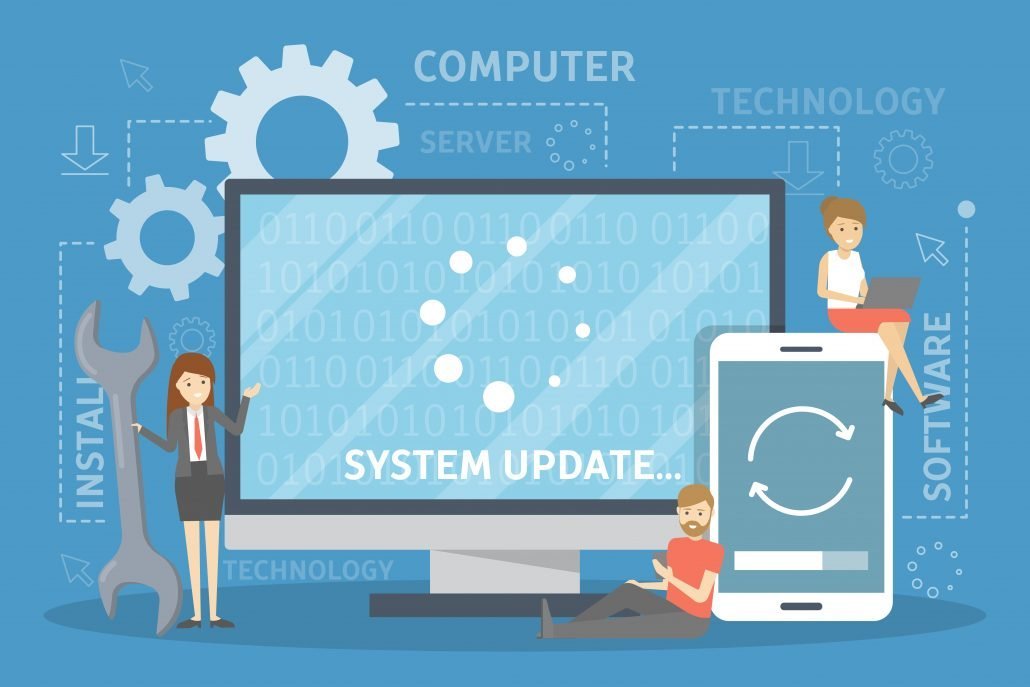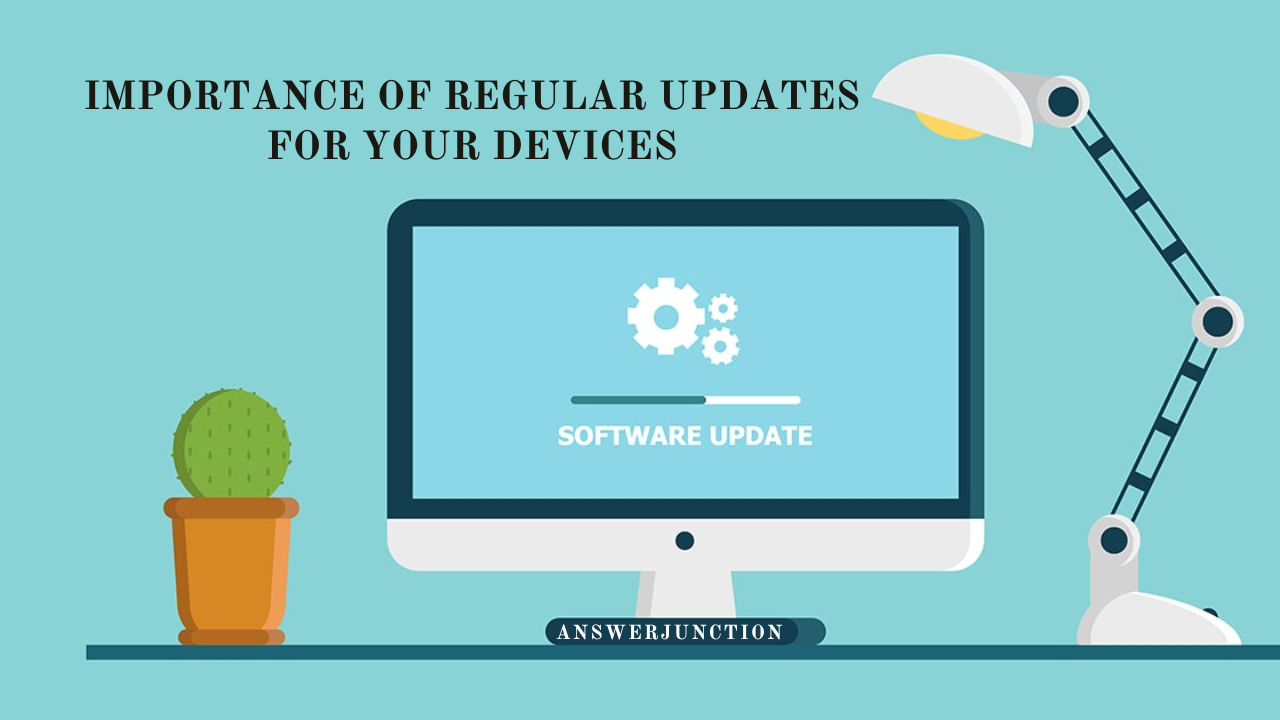In today’s digital world, our devices play a central role in daily life—whether it’s a smartphone that keeps us connected, a laptop that facilitates our work, or a smart home device that automates household tasks. As technology evolves, the need for regular updates to keep our devices secure, functional, and efficient becomes increasingly crucial. However, many people overlook or postpone these updates, unaware of the potential risks and missed benefits. Here, we’ll discuss the importance of regular device updates, the risks of neglecting them, and the advantages they bring to security, performance, compatibility, and user experience.
Understanding What Updates Do

Device updates, whether for operating systems, applications, or firmware, are essential for maintaining the smooth and safe operation of modern technology. Updates usually come in two forms: security patches and feature updates. Security patches address vulnerabilities found in the software that could allow malicious entities to exploit the device. Feature updates, on the other hand, introduce new functions, improve existing ones, and enhance the device’s overall performance.
Each update is meticulously crafted by developers to ensure that the device can operate with the latest technology while safeguarding users from evolving cyber threats. These updates are critical to ensuring a device can withstand both physical and virtual challenges. Understanding how updates work and their significance helps users see the value in timely installation, rather than postponing these upgrades indefinitely.
1. Enhancing Security and Protecting Against Threats
One of the primary reasons for regular updates is device security. Cyber threats are constantly evolving, with hackers developing new methods to infiltrate systems. Without updated security, a device becomes vulnerable to these attacks, which can result in data breaches, financial loss, and even identity theft. Operating system developers are constantly monitoring and fixing vulnerabilities that may not be visible to users. By addressing these weaknesses through security patches, they protect user information and device integrity.
Many devices now store sensitive data, such as personal information, payment details, and work-related files, which makes them attractive targets for cybercriminals. Delayed updates or missed patches expose these devices to malware, phishing attacks, and ransomware. Regular updates act as a digital safeguard, reducing the risk of these breaches. For instance, when software developers discover vulnerabilities in a popular app or operating system, they issue an update to prevent hackers from exploiting the weakness. By installing these updates, users maintain a protective layer against emerging cyber threats.
2. Improving Device Performance
Device performance naturally declines over time as apps and operating systems evolve to keep up with the latest technology. Regular updates are designed to help devices keep pace with these changes, often improving speed, battery life, and processing power. Developers fine-tune system resources, memory usage, and processing efficiency in each update to optimize device performance.
For instance, a smartphone update might improve battery management, allowing the device to run longer on a single charge. Similarly, performance-based updates help devices handle heavier apps and larger files with ease, reducing lag and improving responsiveness. By enhancing device performance, updates ensure a smoother user experience and extend the device’s useful life.
3. Compatibility with New Applications and Devices
As technology advances, software and hardware compatibility can become an issue for older devices. Applications are constantly being updated to include new features and support newer hardware, which means older systems may struggle to run them efficiently. By updating regularly, users can ensure their devices remain compatible with the latest applications, software versions, and peripheral devices.
For example, a smartphone that hasn’t been updated may struggle to connect with newer Bluetooth devices or may not support the latest app updates. Regular updates help bridge the gap between older devices and newer technologies, ensuring that users can take full advantage of modern applications and connectivity options. In a rapidly advancing tech landscape, these updates enable devices to integrate seamlessly with emerging innovations.
4. Enhancing User Experience and Functionality
One of the most noticeable benefits of updates is the improvement in user experience. Software developers often introduce enhancements in the form of new features, updated interfaces, and improved accessibility with each update. These changes not only make the device more enjoyable to use but can also increase productivity.

For instance, updates can introduce features like dark mode, improved notification systems, or enhanced camera functions. Developers often respond to user feedback, fine-tuning features to address any usability issues that may have been overlooked in previous versions. With each update, the device evolves to meet the changing needs of its users, creating a more intuitive and engaging experience.
5. Supporting System Stability and Bug Fixes
Device bugs and crashes can be frustrating, especially if they occur frequently or interfere with critical functions. Updates address these stability issues by fixing bugs, closing memory leaks, and improving system reliability. For devices that may have encountered random shutdowns, app crashes, or other glitches, updates offer solutions that prevent recurring problems and ensure smoother operation.
Bug fixes are especially valuable in mobile operating systems and frequently-used apps. Many software developers rely on feedback from users to identify and resolve these bugs in future updates. By promptly installing updates, users benefit from a stable device environment and fewer unexpected issues, reducing the chances of data loss or interruption during use.
6. Reducing the Need for Costly Repairs or Replacements
Neglecting regular updates can result in issues that degrade the device over time, eventually leading to costly repairs or the need for a replacement. Devices that are not updated can accumulate problems, such as sluggish performance, incompatibility with new apps, or frequent crashes, which may ultimately result in hardware damage. By keeping software up-to-date, users can maintain the health of their devices, preventing unnecessary wear and tear.
Updates that improve performance or fix bugs can directly impact a device’s lifespan by keeping it efficient and responsive. This proactive approach to device maintenance not only saves money but also reduces electronic waste, as devices are less likely to need early replacement.
7. Aligning with Legal and Compliance Requirements
With the growing focus on data privacy and cybersecurity regulations, some updates are necessary for compliance with legal standards. Regulations such as the GDPR in Europe and CCPA in California require companies to prioritize user data protection. Manufacturers and software developers often release updates that align with these regulations, ensuring that user data is handled responsibly and securely.
For business owners and professionals, failing to comply with these regulations due to outdated software can lead to significant legal consequences. Updating devices to meet compliance standards protects not only the business but also the sensitive data of clients and employees. It demonstrates a commitment to data privacy and can help avoid potential fines or penalties.
8. Maintaining Optimal Device Value for Resale
For users planning to sell or trade their devices, regular updates can positively impact the resale value. Devices that are well-maintained and run the latest software are more attractive to buyers, who can trust that the device will perform reliably. Outdated software or a history of ignored updates may deter potential buyers, as it indicates that the device could have underlying issues or may not be secure.
A device’s resale value is often higher when it has received regular updates, as this reflects good maintenance and an extended useful lifespan. Buyers look for devices that are functional, compatible with new apps, and free from known security vulnerabilities, all of which are achieved through consistent updates.

Overcoming Common Barriers to Updating Devices
Despite the advantages, many users delay updates for reasons such as limited storage, lack of time, or a perception that the update may slow down their device. To overcome these barriers, users can prioritize deleting unused apps and files to free up storage space and schedule updates during periods of inactivity, such as overnight. Some operating systems offer automatic updates, allowing devices to update seamlessly without user intervention.
If users have concerns that updates might impact device performance, researching the specific update and reading user feedback can provide clarity. In many cases, updates are designed to optimize rather than slow down the device, especially if it’s a security or performance patch. Overcoming these barriers ensures that users gain the full benefits of each update without unnecessary inconvenience.
Embracing the Habit of Regular Updates
Regular device updates are essential for maintaining device performance, security, and usability in a rapidly advancing digital world. By prioritizing updates, users take an active role in protecting their data, preserving their device’s value, and enjoying the latest features and improvements. Cultivating the habit of installing updates promptly allows users to harness the full potential of their devices while minimizing risks.
In conclusion, the importance of regular updates extends beyond new features or security enhancements. They represent an ongoing commitment to device health, user privacy, and seamless technology experiences. The advantages—from enhanced security to improved functionality—outweigh the minor inconveniences of time or storage management, making regular updates a vital component of modern device maintenance. Embracing this proactive approach not only benefits users but contributes to a safer, more connected digital ecosystem for all.




